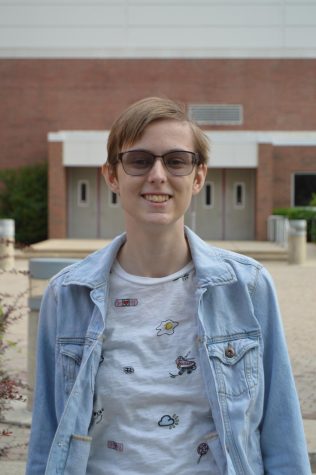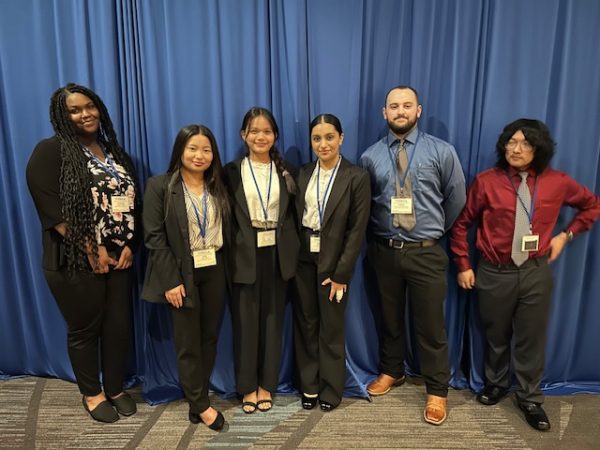Overcoming struggles that come with ADHD
Student copes with mental disorder in everyday life
Photo and Graphic by Madelyn Knight
Sophomore Zach Faulkner works on Peardeck during history class during second period on Feb. 28. He is one of more than 6.4 million children have been diagnosed with ADHD according to healthline.com.
March 1, 2017
Those who see sophomore Zach Faulkner in class will probably find him just as ordinary as his classmates. However, those who take the chance to learn more about him may discover that he has a condition known as ADHD.
ADHD, which stands for Attention-Deficit/Hyperactivity Disorder is a chronic condition that affects one’s behavior and mood. Common traits of ADHD include difficulty focusing, hyperactivity, impulsive actions and anger issues. More than 6.4 million children have been diagnosed with ADHD according to healthline.com, including Faulkner.
“You can’t really tell if somebody has it or not, you go to the doctor and the doctor finds it out,” Faulkner said.
Faulkner has had ADHD since he was younger, and although he has learned since then to better deal with his condition, he still faces some struggles in his everyday life, particularly with his mood and behavior.
“If you don’t get along with somebody that well, it can trigger (me) being angrier a lot more in that time period or something,” Faulkner said.
Although Faulkner used to frequently take medication for his ADHD, he says that he now only has to take it on the days he feels his worst. He also talks to people who help him with his condition.
Faulkner’s sister, junior Tori Faulkner, has always been a patient and loving person towards her brother, and helps him calm down when he gets upset.
“It used to be really bad, but as he’s gotten older, he’s gotten better control over it and he understands it more,” Tori said.
Tori explains that her brother is also autistic, and that he is treated as normally as possible, since he would be upset if he were treated differently. She says although she does need to care for him at times, he’s not that different from those around him anyway.
“You just have to let him do his thing, and if he ever gets mad or anything you have to be there to calm him down.” Tori said.
Social worker Jorie DePalma has worked with students with ADHD before and is familiar with its symptoms and traits. She says that she often deals with students who struggle with focusing and impulse control.
“Maybe it looks like disruptive behavior in the classroom, and so then they’re getting kicked out of class for being disruptive,” DePalma said.
DePalma works with a student’s parents and doctors to give the student the help they need. She says that sometimes she sees signs of ADHD in a student and may even tell their parents to see a doctor about possibly getting a diagnosis.
As far as treatment goes, DePalma believes that a combination of medication and counseling is best if it works for the individual. She says that while medication can help control chemical imbalance that may be causing symptoms, counseling can help the individual learn skills that medication won’t teach them.
“Counseling can help teach them coping skills, or strategies that they can use in the classroom or at home,” DePalma said. “Medicine obviously doesn’t teach them a coping skill, but seeing a therapist or counseling can do that.”








